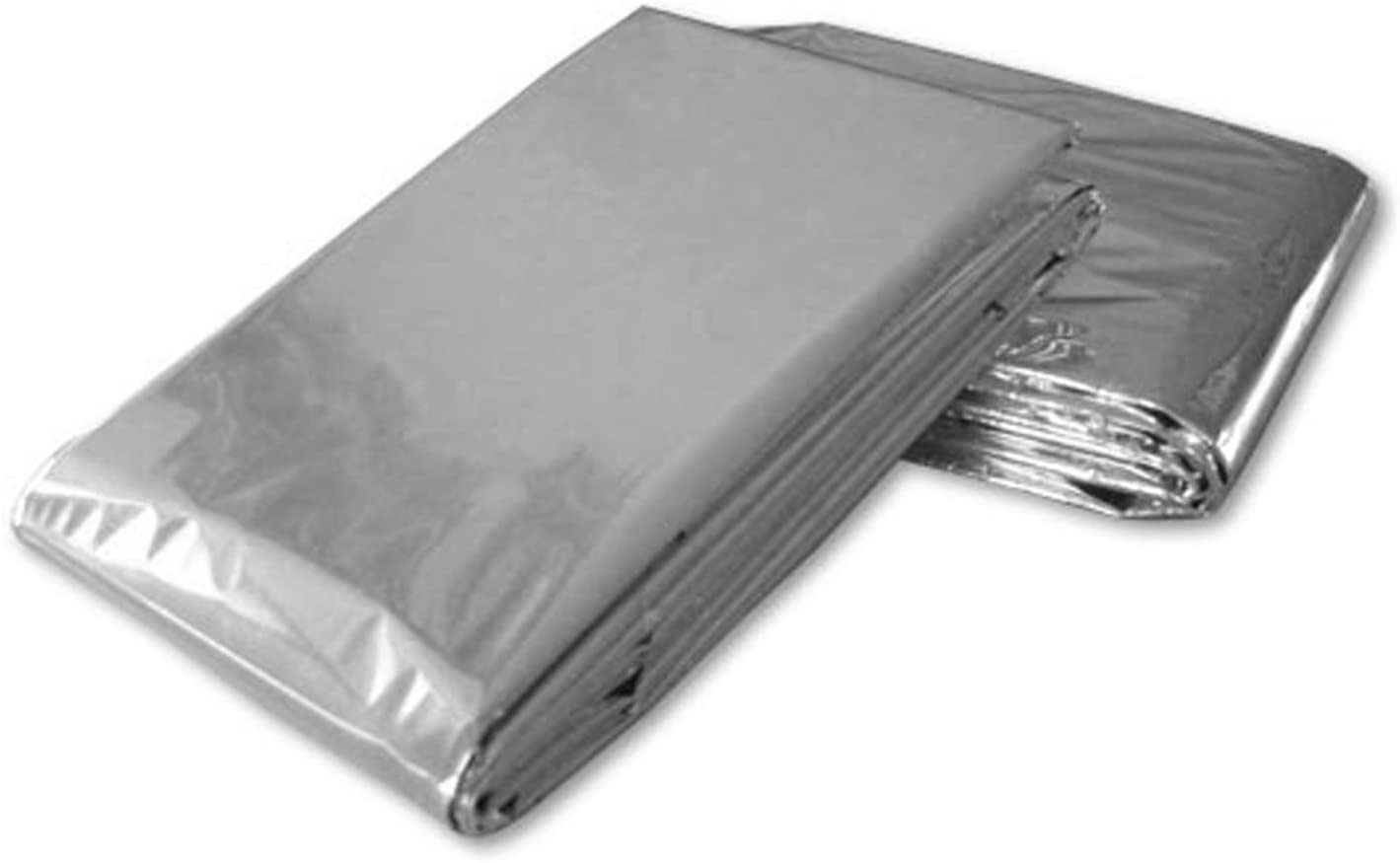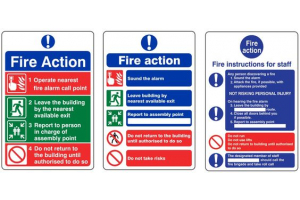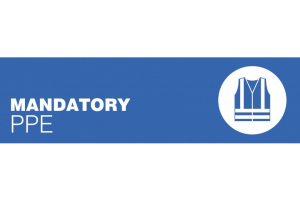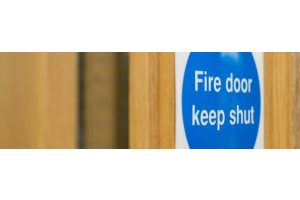
The History Of The Foil Blanket
A space blanket (also known as a Mylar blanket, first aid blanket, safety blanket, thermal blanket or weather blanket) is an especially low-weight, low-bulk blanket made of heat-reflective thin plastic sheeting. Their design reduces the heat loss in a person’s body which would otherwise occur due to thermal radiation, water evaporation, or convection. Their compact size before unfurling and light weight makes them ideal when space is at a premium. They may be included in first aid kits and also in camping equipment. Lost campers and hikers have an additional possible benefit: the metallic surface appearance flashes in the sun, allowing use as an improvised distress beacon for searchers. In their principal usage, space blankets are included in many emergency, first aid, and survival kits because they are usually waterproof and windproof. That, along with their low weight and ability to pack into a small space, has made them popular among outdoor enthusiasts and emergency workers. Space blankets are often given to marathoners and other endurance athletes at the end of races, or while waiting before races if the weather is chilly. The material may be used in conjunction with conductive insulation material and may be formed into a bag for use as a bivouac sack (survival bag).
In first aid the emergency first aid foil blankets are used to prevent and counter hypothermia. A threefold action facilitates this: The airtight foil reduces convection. Heat loss caused by evaporation of perspiration, moisture or blood is minimised by the same mechanism. To a limited extent the reflective surface inhibits losses caused by thermal radiation. In a hot environment they can be used to provide shade, but using them to wrap a person would be counterproductive, because body heat would get trapped by the airtight foil. This effect would exceed any benefit gained from heat reflection to the outside.
Foil blankets are used to reduce heat loss from a person’s body, but as they are constructed of PET film, they can be used for other applications for which this material is useful, such as insulating containers—e.g. for DIY solar projects—and other applications. Foil blankets are used as insulation material for many do-it-yourself outdoor feral cat shelters. Pieces of the blanket are cut and placed on each side and bottom of the shelters, (typically a cardboard box, plastic storage container or styrofoam cooler) and taped into place with duct, or gaffa tape. Or for a more permanent fix, carpenter glue. This material helps keep the cat warm in severe winter locations.
In addition to the space blanket, the United States military also uses a similar blanket called the “casualty blanket”. It uses a thermal reflective layer similar to the space blanket, backed by an olive drab coloured reinforcing outer layer. It provides greater durability and warmth than a basic space blanket at the cost of greater bulk and weight. It is also used as a partial liner inside the layers of bivouac sacks in very cold weather climates.




